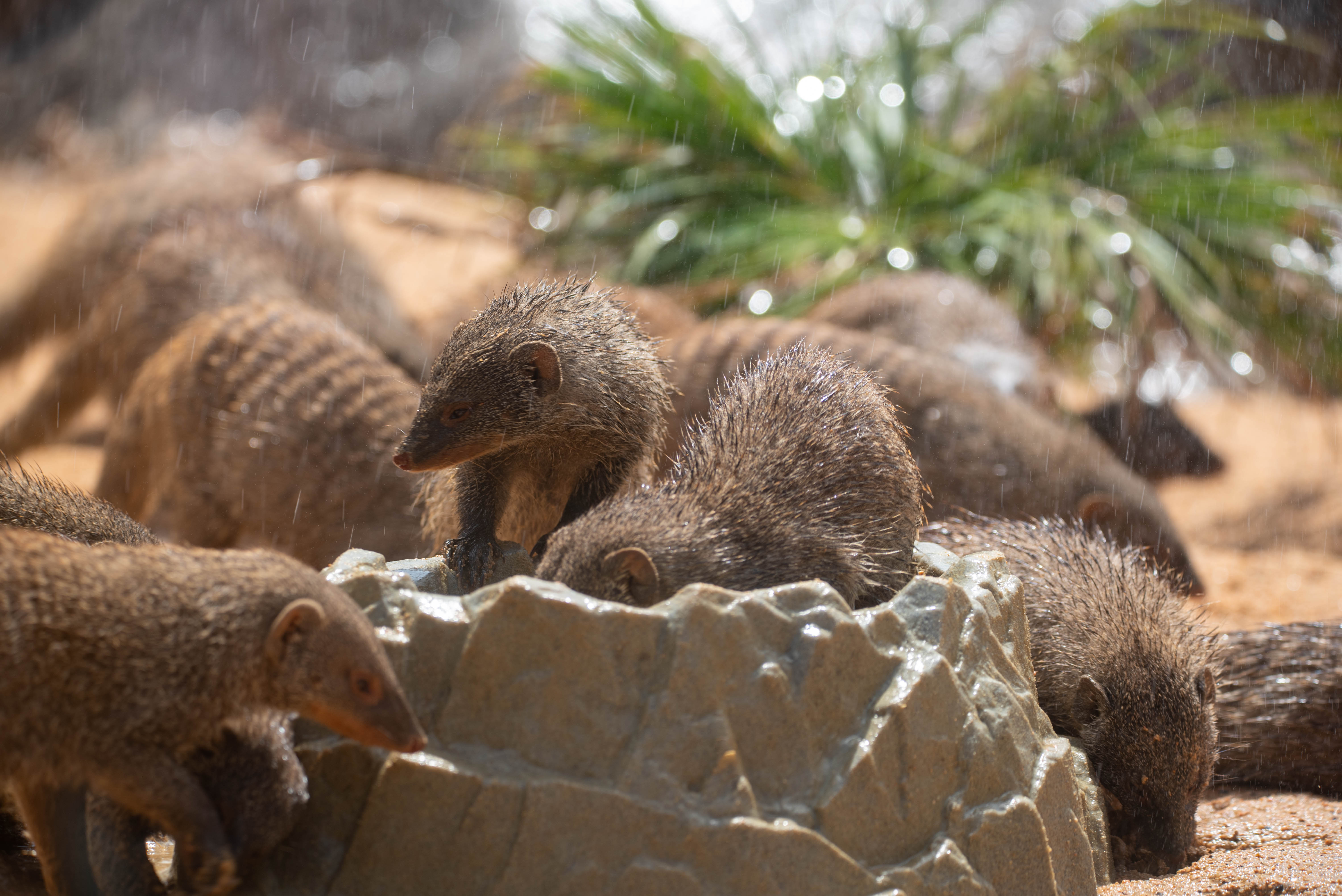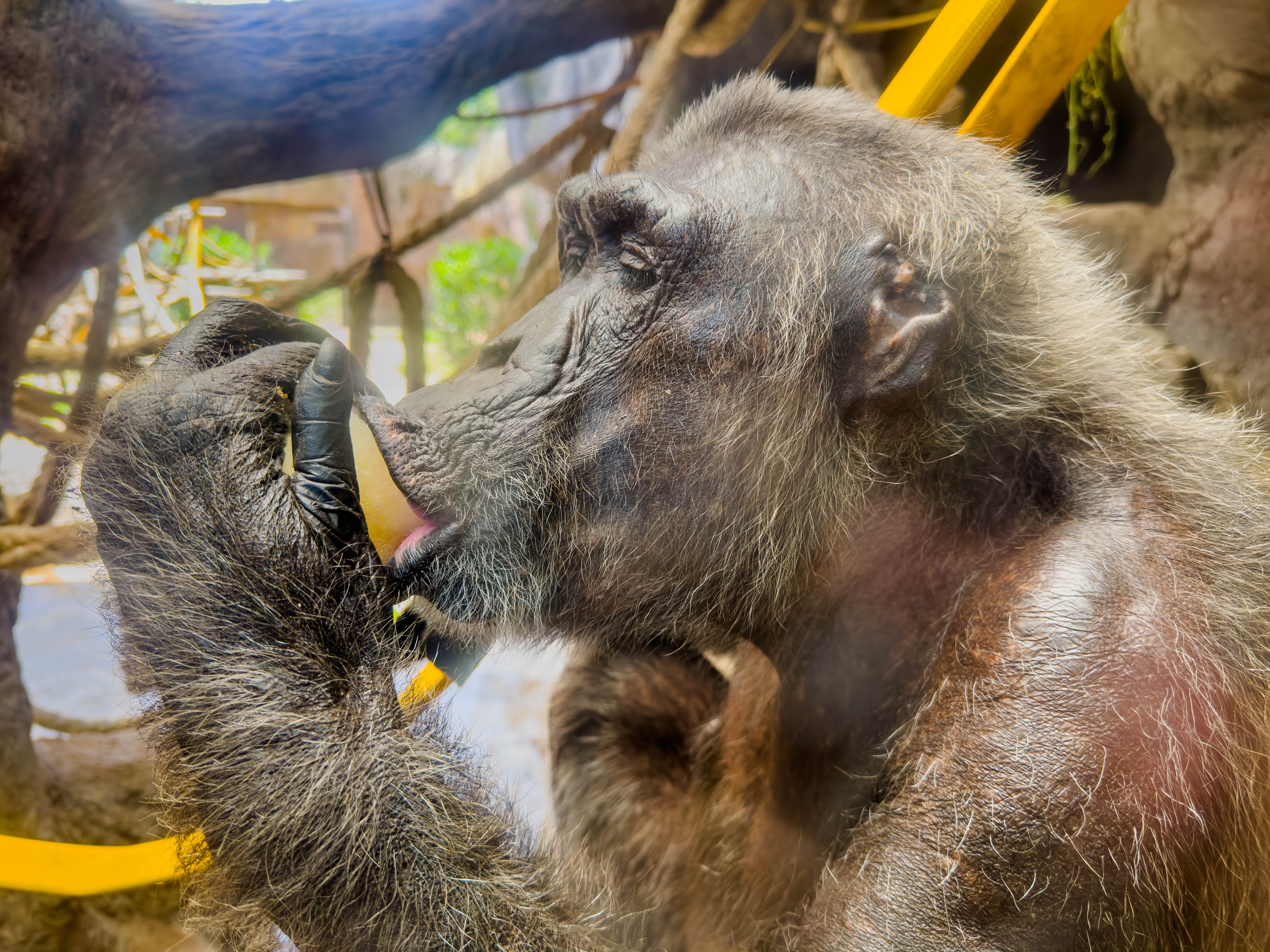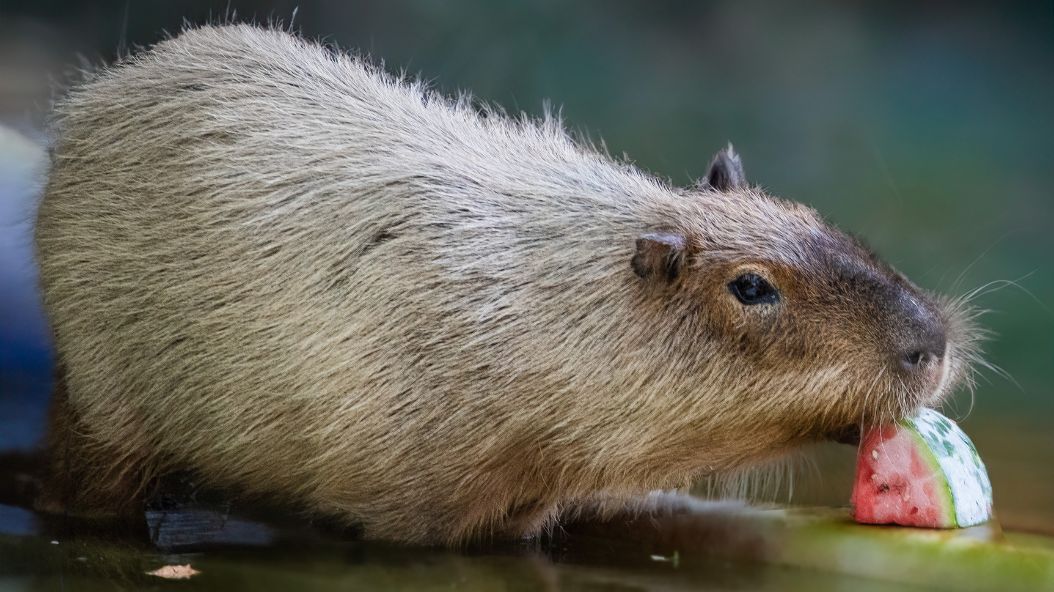Putting animal welfare and health at the centre, every summer Barcelona Zoo applies special measures to mitigate the effects of rising temperatures on the animals. These measures are increased during episodes of intense heat like the one we are experiencing, complementing the daily care routines that all the Zoo's species receive from their keepers.
Although the abundant vegetation ensures that the temperatures recorded at the Zoo are, on average, about three degrees lower than in the rest of the city, when the mercury rises Barcelona Zoo activates a special protocol from which different measures are derived whose main objective is to stop the effects that the heat can have on the different species.

For the director of Barcelona Zoo, Antoni Alarcon, "the measures we are taking these days are another sign of Barcelona Zoo's firm commitment to the welfare of all the species present, as well as a sign of our ability to adapt quickly to changes in the environment". The protocol in case of high temperatures includes actions related to the basic axes of animal welfare. "Among other issues, priority is given to maintaining the thermal comfort of the habitats, ensuring that the animals are well hydrated and we implement all the necessary actions to ensure that they can continue to maintain their usual behavioural habits in the best possible conditions, such as bathing in the case of the more aquatic species," describes Alarcon.
Unlike at other times of the year, when temperatures are high, it is guaranteed that the animals can access the shelters or the interior areas of their facilities whenever they want, keeping the gates open at all times to reduce the effect of the heat.
Ensuring good hydration of the animals is another priority. The team of keepers and caretakers renew the water in the drinking troughs more frequently to keep it fresh. They also increase the number of water troughs available to the animals. In addition, the cleaning and renewal of the water in the bathing areas of some species in their facilities is intensified, a practice that is repeated in the case of the fangars, which play an important role in the thermal regulation of animals such as warthogs, rhinoceros and elephants.
In other cases, such as the elephants, bison and dwarf buffalo, the Zoo professionals cool the facilities with water hoses, an operation which, in some cases, such as the red pandas, is carried out with sprinklers. On the other hand, fans may be installed in the rooms of the felines and bones to improve air conditioning.
Food is another element that the keepers at Barcelona Zoo adapt and take into account during the hottest months. Some examples are the fruit and ice creams of broth or fruit juice offered to the primates; the blocks of ice with fruit for the giraffes; or the slushies of worms for the mongooses and meerkats.




